Last Updated on March 27, 2025 by Mary Pressler
5 Fun and Simple Electricity Experiments for Kids
Electricity is a fascinating topic for kids to explore, and conducting engaging experiments can transform the learning process into an enjoyable and enriching experience. Through hands-on activities, children can witness the principles of electricity in action, fostering a deeper understanding of this fundamental force. These five electricity experiments for kids offer a safe and fun way to delve into the world of electric power.
Experiment 1: The Electric Balloon
An Exploration of Static Electricity
Ever wonder why your hair sticks up sometimes or you get a little zap when you touch a doorknob? That’s static electricity! Basically, it’s when electric charge builds up on something because of rubbing or contact. This can make things attract or repel each other, like with static cling, and can even cause a shock. Lightning? Yep, that’s static electricity on a massive scale!
Your child is sure to enjoy this static electricity experiment. Here’s what you’ll need:
Materials
- Balloon
- Wool sweater or hair
Steps
- Inflate the balloon.
- Rub the balloon on the wool sweater or hair for a few seconds.
- Hold the balloon near small pieces of paper or hair to see them attract.
Explanation
Rubbing the balloon creates static electricity, which causes the balloon to attract lightweight objects.
Experiment 2: Powered By Citrus
Investigate Electrical Currents Using a Lemon
Electricity is like a flow of tiny things called electrons, moving through a path like a wire. It’s pushed by something called voltage and slowed down by things called resistors. The electrons need a closed path to keep flowing, and we measure how fast they flow in amps. We can build simple or complicated paths for the electrons using different parts to control how they move.
Experience a light bulb moment with this curious electricity experiment for kids:
Materials
- Lemon
- Copper coin
- Galvanized nail
- Alligator clips
- LED light
Steps
- Make a slit in the lemon and insert the copper coin.
- Make another slit and insert the galvanized nail.
- Connect the copper coin and nail to the LED light using alligator clips.
- Observe the LED light.
Explanation
The lemon’s acidity reacts with the copper and zinc in the nail to create a small electric current.
Experiment 3: Salty Currents
Test Conductivity in a Saltwater Environment
Ever dissolved salt in water? Turns out, that salty water can conduct electricity! That’s because salt, which is made up of sodium and chlorine ions, breaks apart in water. These ions are what allows electricity to flow through the water, making it a conductor. So, next time you’re at the beach, remember that the salty ocean water is more than just waves and sand – it’s also a great conductor of electricity!
Here’s how to test conductivity at home or school:
Materials
- Water
- Salt
- Two pencils
- 9-volt battery
- Alligator clips
Steps
- Dissolve salt in water.
- Attach alligator clips to the battery terminals.
- Attach the other ends of the clips to the graphite of the pencils.
- Place the pencil ends in the saltwater and observe.
Explanation
Saltwater conducts electricity, allowing a current to flow between the pencils.
Experiment 4: Bright Idea
Take a Look at How Basic Circuits Work
Electronics start with simple circuits. You’ve got your power source, then a wire to carry the juice, something to use that power (we call that the load), and a switch to turn it all on and off. You can hook these up in a line (series) or side-by-side (parallel). Understanding how voltage, current, and resistance play together is key—that’s Ohm’s Law. These basic circuits are everywhere, but hey, always remember safety first when dealing with electricity.
Materials
- Battery
- Light bulb
- Wires
Steps
- Connect one end of a wire to the battery’s positive terminal.
- Connect the other end of that wire to one terminal of the light bulb.
- Connect another wire from the light bulb’s other terminal to the battery’s negative terminal.
- Observe the light bulb.
Explanation
This creates a closed circuit, allowing electricity to flow and light the bulb.
Experiment 5: The Magic Nail
Dive Into Electromagnets
What are electromagnets? They’re basically just wires coiled up with electricity running through them. Cool thing is, you can tweak their magnetic fields just by changing the electric current. You’ll find them all over the place – think motors, generators, even those fancy medical imaging machines. They’re handy because you can control them, but hey, gotta be careful, electricity can be a bit risky.
Enjoy this exciting electricity experiment for children:
Materials
- Iron nail
- Insulated copper wire
- Battery
Steps
- Wrap the copper wire around the iron nail several times.
- Connect the ends of the wire to the battery terminals.
- Test the nail’s ability to pick up small metal objects.
Explanation
The electric current flowing through the wire creates a magnetic field around the nail, making it an electromagnet.
As Always, Safety First!
- Always supervise children during experiments.
- Use low-voltage batteries.
- Avoid touching bare wires.
- Disconnect batteries when not in use.
In Conclusion
These enjoyable experiments offer a hands-on way for kids to learn about electricity and its properties. By exploring these activities, children can develop a better understanding of basic electrical concepts in a fun and engaging manner.

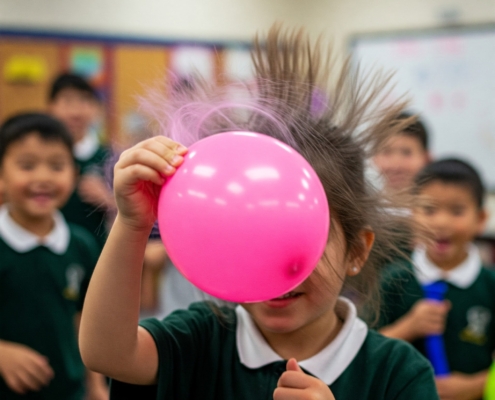
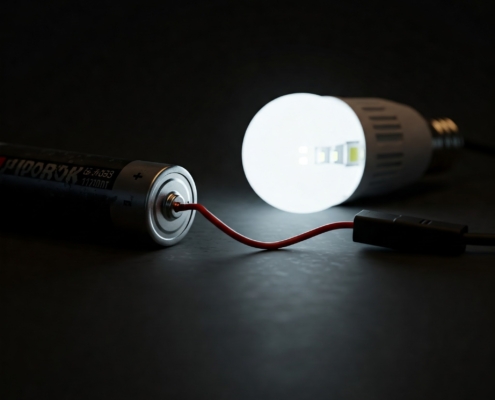

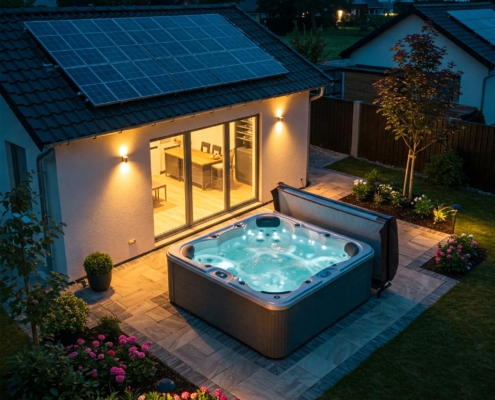



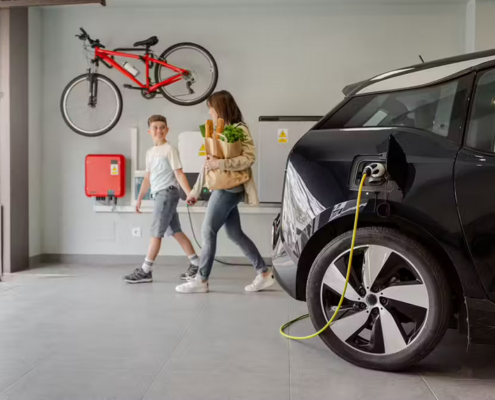

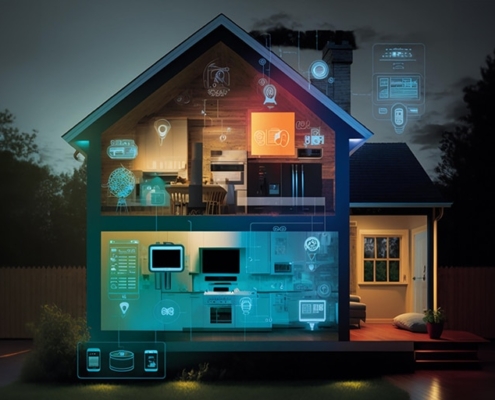
Leave a Reply
Want to join the discussion?Feel free to contribute!